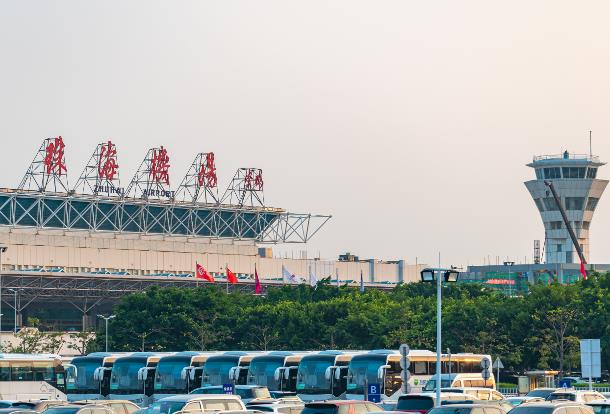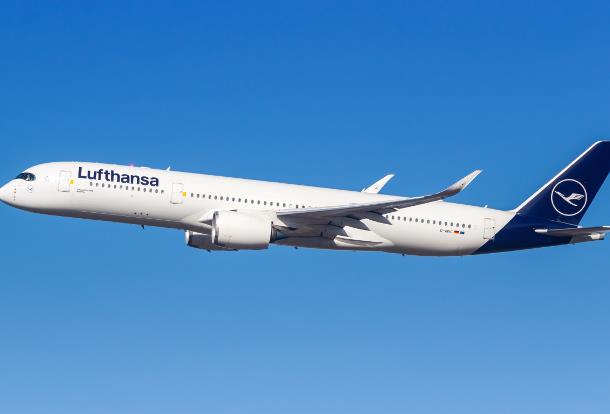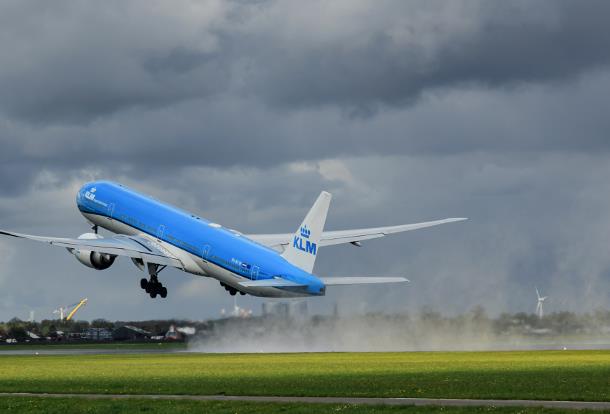The general manager of Beijing Capital International Airport (BCIA), Boli Shi, said the airport will build the fourth runway and a new air control center to alleviate escalating demand for air transport when completed in 2017.
Shi said in the 4th Beijing Global Friend Airports CEO Forum on September 10, 2015 that the runway and new control center will be inaugurated in 2018.
The new runway will be built to the east of the east runway and used as a supplementary runway for the east runway. It is expected to boost passenger throughput capacity by 8 million when in operation. BCIA’s passenger throughput is estimated to go up to 90 million by the end of this year.
BCIA’s planning and development manager Liang Luo told the media the cost for developing the fourth runway is still being discussed.
The airport’s third runway is currently processing daily 1,600 landings and take-offs and putting through 250,000 passengers. As it’s China’s busiest airport, it also faces a higher rate of emergency aircraft incidents than other airports. With only three runways operating at high usage, it will be impossible to make alternative adjustments in “acts of god” or other emergencies and will lead to secondary issues.
Operating in high loading also puts pressure on facility maintenance. When the airport closed the middle runway for major repairs on May 23-28, China’s four major carriers had to cancel a total of 855 flights. Repairs on east and the west runways can only be conducted in piecemeal, instead of closing down the whole runway for maintenance.
“The window for the airport’s runway maintenance is getting shorter and shorter, no more than six hours a day. We are about reaching our limit,” Luo said, adding that the fourth runway is vital from the safety perspective.
The fourth runway is also believed to be able to relieve the pressure on air transport and maintain flight on-time rate. The airport’s operations division has reported that the on-time rate for flights in June to August fell by 3-5%, due mostly to stormy weather and the El Nino effect on climate.
The number of runways poses limits on flight landing and take-off as well as flight transit rate. BCIA currently registers a transit rate of 7%, whereas reputable airports around the world have transit rates of up to 40-70%. This has become a major shortcoming for the Beijing airport, underscoring the urgent need to kick-start the fourth runway development, according to Luo.
The fourth runway was planned much earlier, but brought forth on the agenda this year. A leaders group and a working group on the new runway were form in early June to begin preliminary work. A working group member said a route map has been drawn up, and the work will be carried out in five stages covering 180 items. The construction of the runway will be completed in late 2017.
Data of the Centre for Asia Pacific Aviation (CAPA) show that a total of US$226.8 billion will be invested in building new airports or expanding airport facilities in Asia Pacific. The size of investment is equivalent to 37% of global investment, the highest of all regions in the world. China is the most active in building new airports – with RMB80 billion invested in building Bejing Capital Second International Airport, RMB20.1 billion spent on the third phase of Shanghai Pudong International Airport, and increased investments in developing small- and medium-sized airports.




